The real Hannibal Lecter: how a psychopathic doctor inspired Silence of the Lambs
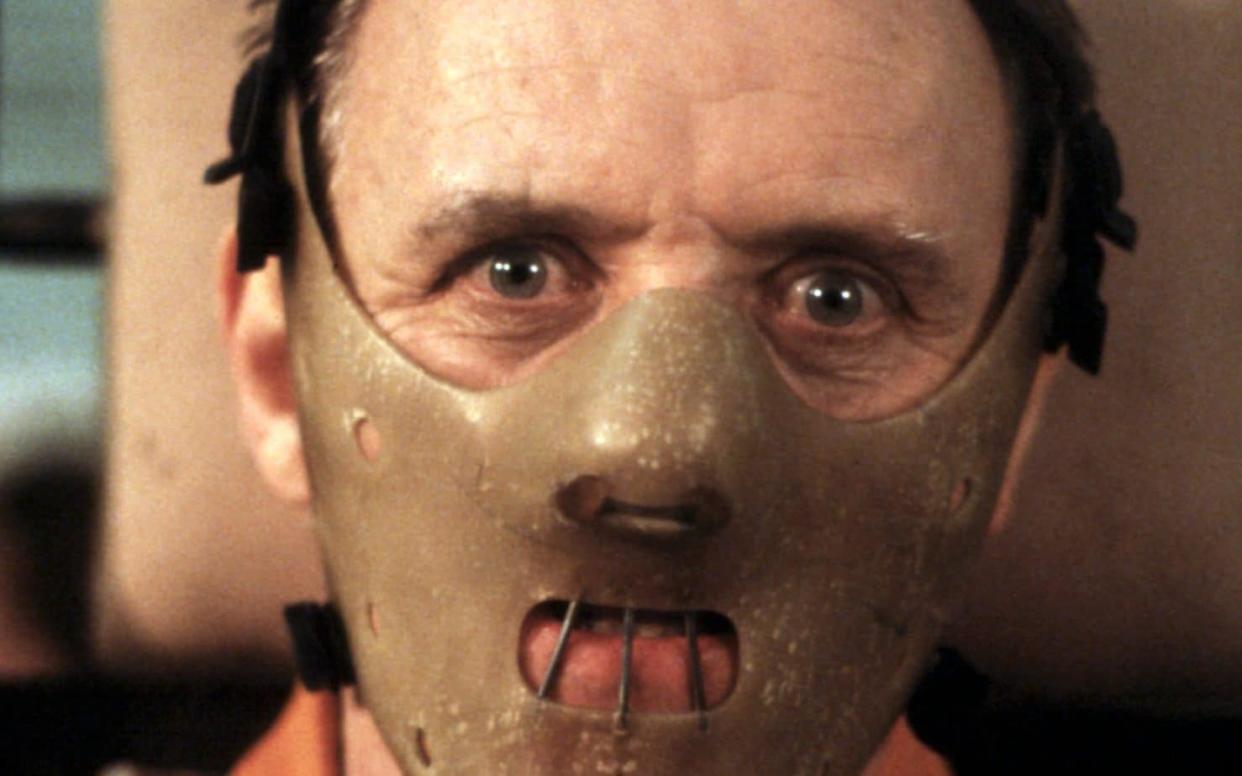
In 1963, while on assignment to Topo Chico Penitentiary in Nuevo León, Mexico to interview a murderer, a 23-year-old journalist called Thomas Harris got chatting to the prison doctor. He intended to ask him about saving the life of the killer, a Texan named Dykes Askew Simmons, after he was shot in a botched escape attempt, but instead he found that it was the doctor who did most of the questioning.
“Mr. Harris, how did you feel when you looked at Simmons?... Would you say the sunglasses add an element of symmetry to his face?... Do you think that Simmons was tormented on the school playground because he was disfigured?... Have you seen pictures of the victims?... Would you say they were attractive youngsters?”
If this sounds eerily like the exchanges between novice FBI agent Clarice Starling and murderous psychiatrist Hannibal “The Cannibal” Lecter, that’s because Harris would go on, 25 years later, to publish The Silence of the Lambs. The iconic film adaptation, released 30 years ago next month, made a monster megastar of its most infamous creation, chillingly played by Anthony Hopkins. Few realise he was based on a real person.
Harris described the doctor, whom he called Dr Salazar, as “a small, lithe man with dark red hair. He stood very still, and there was a certain elegance about him.” His conversation style inspired the way that Hannibal curiously picks at the psyche and childhood trauma of the inexperienced Starling (the role for which Jodie Foster won her second Oscar), demanding that she answer his questions in return for help catching the serial killer, “Buffalo Bill”. (“Quid pro quo, Clarice”).
When Harris said goodbye, he invited Dr Salazar to look him up, perhaps for a drink or lunch, if the doctor ever came through Texas. “Thank you, Mr. Harris. Certainly I will, when next I travel,” replied Salazar. As Harris was leaving the prison, he asked a guard how long the doctor had worked there. “Hombre! You don’t know who that is?” said the guard. “The doctor is a murderer… He will never leave this place. He is insane.”
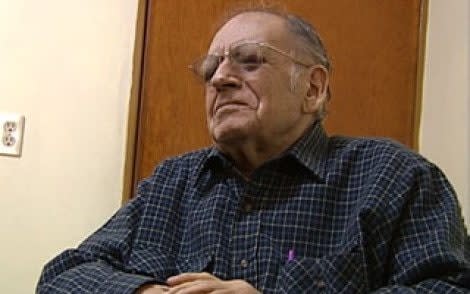
Thomas Harris – who was notoriously private and publicity-shy – finally shared the story in the 25th anniversary edition of The Silence of the Lambs, published in 2013. He wrote in the foreword: “My detective needed to talk to somebody with a peculiar understanding of the criminal mind. Lost in the tunnel of the work, I plodded along behind my detective when he went to the Baltimore State Hospital for the Criminally Insane to consult with an inmate. Who do you suppose was waiting in the cell? It was not Dr Salazar. But because of Dr Salazar, I could recognise his colleague and fellow practitioner, Hannibal Lecter.”
Harris opted to not give the doctor’s real name – “I leave him in peace,” he wrote – but reporters soon discovered that he was Alfredo Ballí Treviño. At the time of his arrest in 1959, Ballí Treviño was also known in the press as “The Werewolf of Nuevo León”, “The Killer Doctor”, “The Monster of the Talleres” and “The Vampire Ballí”.
In October 1959, Ballí Treviño – then 28 years old – killed his friend and alleged lover (or “sentimental partner” as reported in numerous accounts): a 20-year-old medical student named Jesús Castillo Rangel. According to Mexican newspaper Milenio, the cause was an argument over money. Ballí Treviño knocked Castillo Rangel unconscious, injected him with a sodium pentothal anesthetic and cut his throat with a scalpel. After watching his lover bleed out, he dismembered the body, put the parts into a box, and tried to bury it on an unused lot.
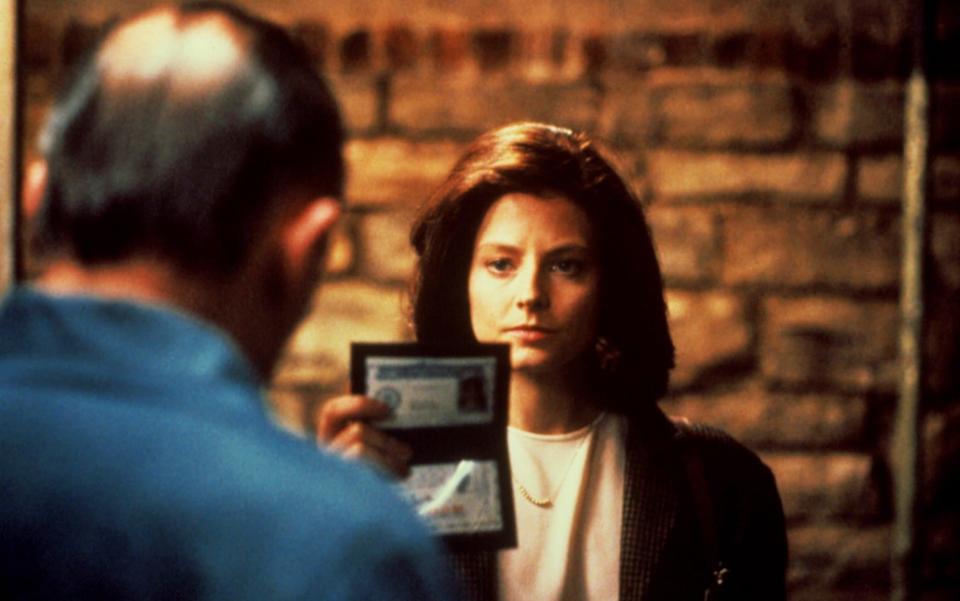
Other reports vary. The Latin Times described how Ballí Treviño enlisted the help of a friend, Francisco Carrera Villareal – also an alleged sexual partner – to help him dispose of the remains. But Carrera Villareal’s uncle, from whom they’d borrowed a shovel, followed them, discovered the remains, and informed the police. Another version claims a shepherd found the remains, after a wayward cow led him to a pile of stones that had been arranged over the half-buried box.
Ballí Treviño tried and failed to bribe the police. He then confessed to the crime and proudly detailed his precision-perfect method of dismemberment. Police reportedly tried to link him to other murders but were unsuccessful. He was the last Mexican prisoner to be sentenced to death, but his sentence was later commuted to 20 years.
In The Silence of the Lambs, Lecter guides Starling to the decapitated head of the boyfriend of a former patient of Lecter’s, who turns out to be Jame Gumb, aka the killer Buffalo Bill (played in the film by Ted Levine). It’s one of several elements from the story that have been criticised as problematic in the years since – most obviously portraying Buffalo Bill as a deranged bisexual trans murderer. (The film says he is “not really transsexual”.) The film was controversial even at the time of release: the LGBTQ+ activist group Queer Nation protested the 1992 Academy Awards Ceremony, where The Silence of the Lambs won five statues.
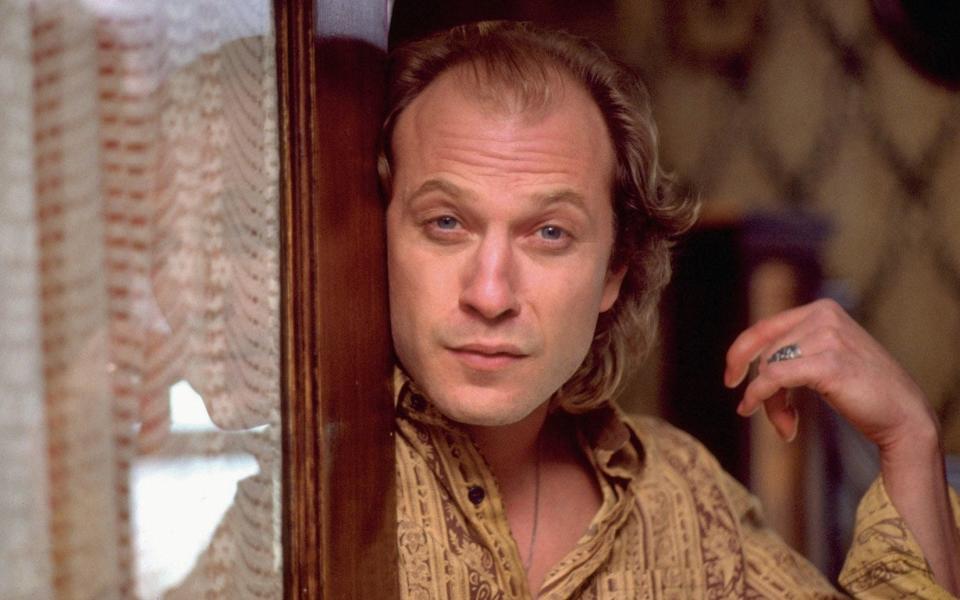
But the grisly incident likely isn’t inspired by Ballí Treviño killing his lover; Thomas Harris knew very little about the doctor or his crime. In a letter to Mexican writer Diego Enrique Osorno asking for help identifying the doctor and his crimes, he seemed to believe that the doctor’s crime was “killing hitchhikers in Nuevo León, dismembering them and throwing them piecemeal out of his car at night”.
Before the anniversary reprint of his book, Harris rarely gave interviews or spoke about his influences. Consequently, there was much speculation about other real-life inspirations. According to The Strange World of Thomas Harris, a 2001 book by David Sexton, Harris once told a librarian that Hannibal Lecter was inspired by William Coyne, an escaped prisoner who went on a cannibalistic rampage in 1930s Mississippi.
Hannibal Lecter, however, didn’t begin literary life as a cannibal. In Red Dragon, Harris’s 1981 novel, the doctor appears in a small role, assisting FBI profiler Will Graham to catch a murderer known as the Tooth Fairy (whose cleft palate-scarred appearance was inspired by Simmons, the murderer whose story first brought Ballí Treviño to Harris’s attention). Frederick Chilton, the pompous doctor in charge of Lecter, tells a story about how Lecter once attacked a nurse after feigning chest pains. In this version of the story, Lecter “tore out her tongue”; by the time Chilton retells it in The Silence of the Lambs, Lecter swallowed it too.
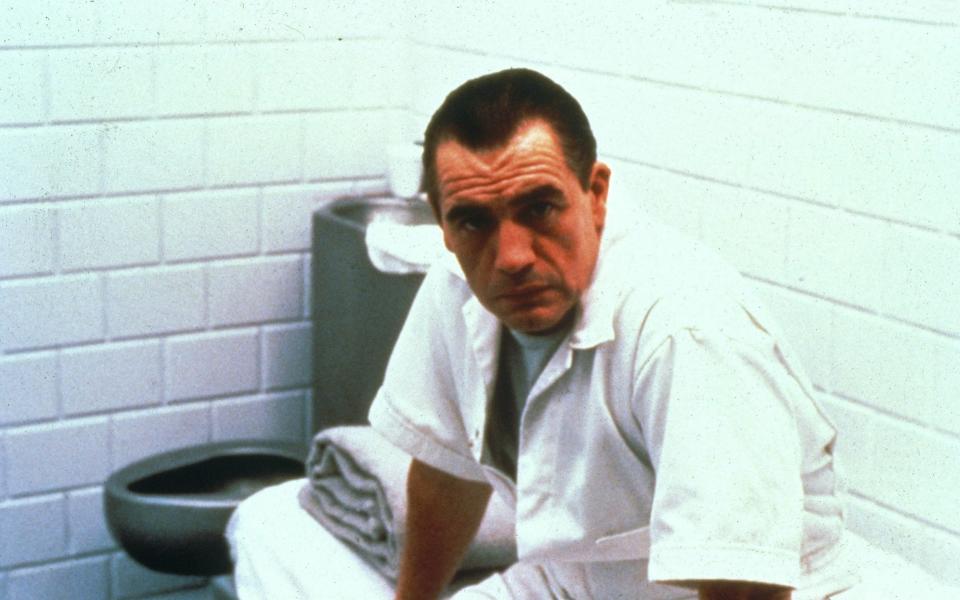
The character had a similar trajectory on screen. In Manhunter – Michael Mann’s moody, stylish adaptation of Red Dragon from 1986 – Lecter (changed to Lecktor) is played by Brian Cox as a bored sociopath, toying with his captors with forensic skill. Cox based his interpretation on Peter Manuel, a rapist and murderer who was convicted of killing seven people in Lanarkshire, Scotland between 1956 and 1958. Manuel conducted his own defence at trial. Cox recalled being “obsessed” with Manuel’s crime spree as a child.
In Hopkins’ portrayal, Lecter becomes a modern-day Dracula locked in a literal dungeon (also like Dracula, he became an anti-hero and a much less frightening star player in subsequent films. He was inspired to create the character’s emotionless, southern gent twang – which subsided with each subsequent appearance – by Katharine Hepburn, Truman Capote and HAL, the killer computer from 2001: A Space Odyssey.
Buffalo Bill is more explicitly inspired by well-known serial killers. In one scene from the book, he lugs furniture into a truck while pretending to have a broken arm – a ruse to lure a victim into helping him – which was lifted directly from the horrific playbook of Ted Bundy. The character is most obviously based on Ed Gein, a double-murderer and grave-robber from Plainfield, Wisconsin. Gein grew up in an isolated farmhouse with a domineering, fanatically religious mother. He was devastated when she died of a stroke – and wanted to become his own mother.
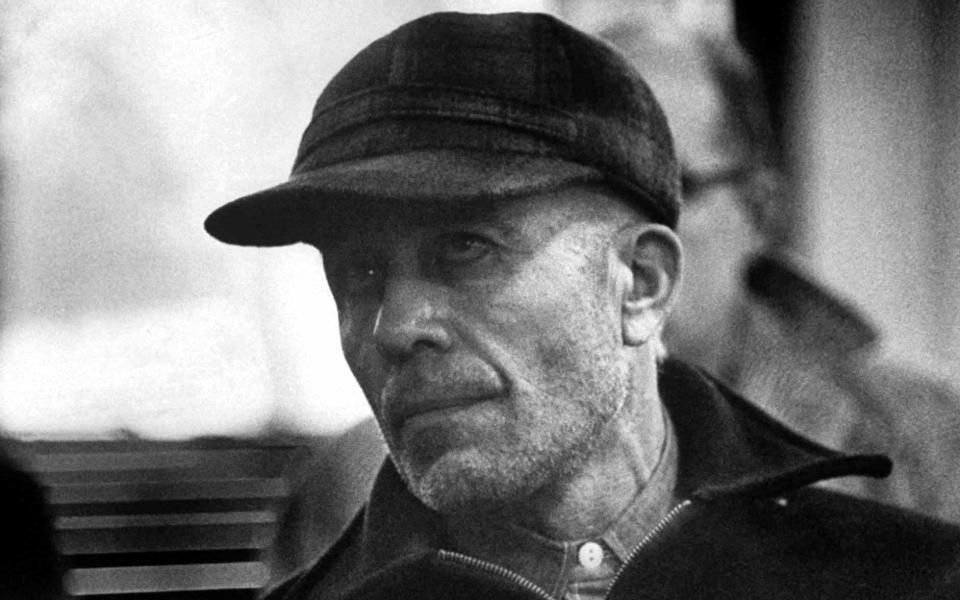
In 1957, he was arrested for the murder of a local woman, whose body was found in his outhouse “dressed out” like a deer – strung up by the ankles and gutted. Gein dug up corpses and made bizarre uses of body parts. Inside his house, police found a macabre inventory: a belt made of nipples; soup bowls made from the tops of human skulls; a chair upholstered with skin; a box of cut-out vulvas (one of which he’d painted silver); and – like Buffalo Bill – a “woman suit” made of stitched-together human skin.
Gein also inspired the cannibal family from The Texas Chain Saw Massacre (their house is kitted out with similar skin-and-bone décor) and the mother-fixated Norman Bates in Psycho (although Robert Bloch, the author of the original novel, said Psycho was based more on “the notion that the man next door may be a monster” than on Gein himself.)
Another speculative influence for Buffalo Bill is the rapist and murderer Gary Heidnik, who held his victims captive in a pit in his basement – also like Buffalo Bill – though Thomas Harris would have been deep into writing the book by the time Heidnik was arrested in 1987.
As for the “real” Hannibal Lecter – Alfredo Ballí Treviño – he continued treating people while he was in prison. One source told the Mexican newspaper Reforma that “he helped many people in jail and he became so good that, with time, he was even allowed to go out at nights to see patients.” As the prison guard told Thomas Harris: “He is not insane with the poor.” At some point, he was permanently released – some reports say as early as 1978, others as late as 2000 – and went to work at a small clinic in Colonia Talleres, Monterrey. He died in his sleep in February 2009, while suffering from prostate cancer.
According to The Latin Times, he knew that he was the inspiration for Hannibal Lecter. A friend said that he thought it was “funny” when his family called him “Hannibal” and “Dr Lecter”. His promise to pay Thomas Harris a visit – “Thank you, Mr. Harris. Certainly I will, when next I travel” – is rather more chilling considered within the context of his fictional counterpart. As Hannibal Lecter says after escaping from his cell and tracking down his nemesis Dr Chilton: “I’m having an old friend for dinner.”

 Yahoo Movies
Yahoo Movies 
